August 6, 2015
Three quarters of employees admit to taking work on holiday with them 0
 More evidence if we needed it that people are reluctant to leave work behind, with the latest data from Peninsula revealing that 76 percent of employees admit to taking work on holiday with them. An even greater number make themselves available by email and phone, with 81 percent confessing to frequently responding to work emails and answering phone calls during their holiday. This apparently, does not lead to a happy holiday as nearly half (47 percent) admit that their partner is not best pleased that they have to deal with work issues whilst on annual leave. As we reported earlier this week, this form of presenteeism is a bad idea all round as it leads to over stressed staff who – far from relaxing and recharging, are basically on call throughout their so-called leave, and whether their bosses or colleagues are impressed or just irritated by their dedication is debatable.
More evidence if we needed it that people are reluctant to leave work behind, with the latest data from Peninsula revealing that 76 percent of employees admit to taking work on holiday with them. An even greater number make themselves available by email and phone, with 81 percent confessing to frequently responding to work emails and answering phone calls during their holiday. This apparently, does not lead to a happy holiday as nearly half (47 percent) admit that their partner is not best pleased that they have to deal with work issues whilst on annual leave. As we reported earlier this week, this form of presenteeism is a bad idea all round as it leads to over stressed staff who – far from relaxing and recharging, are basically on call throughout their so-called leave, and whether their bosses or colleagues are impressed or just irritated by their dedication is debatable.






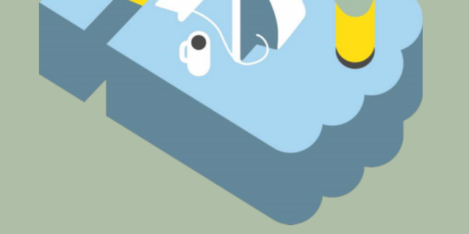
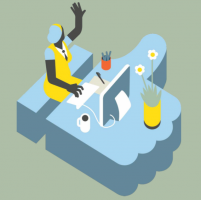
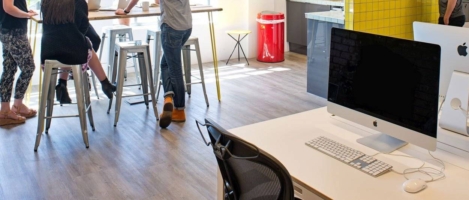
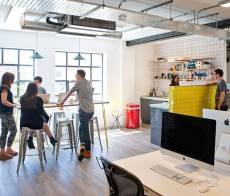
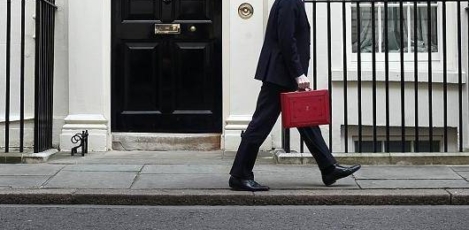
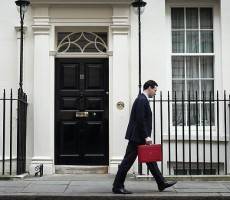
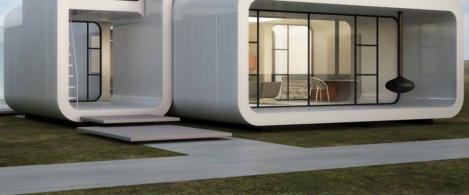
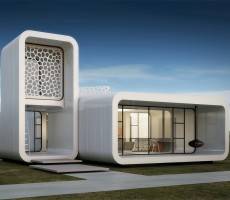
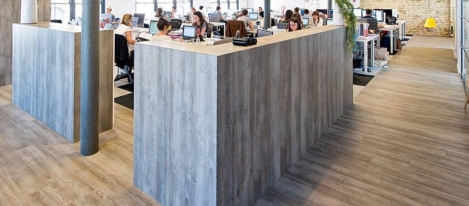
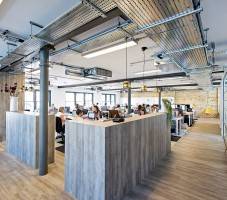



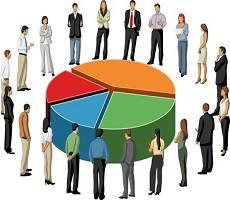











September 2, 2015
We need to do more than pay lip service to workplace wellbeing 0
by Ann Clarke • Case studies, Comment, Wellbeing, Workplace design
(more…)